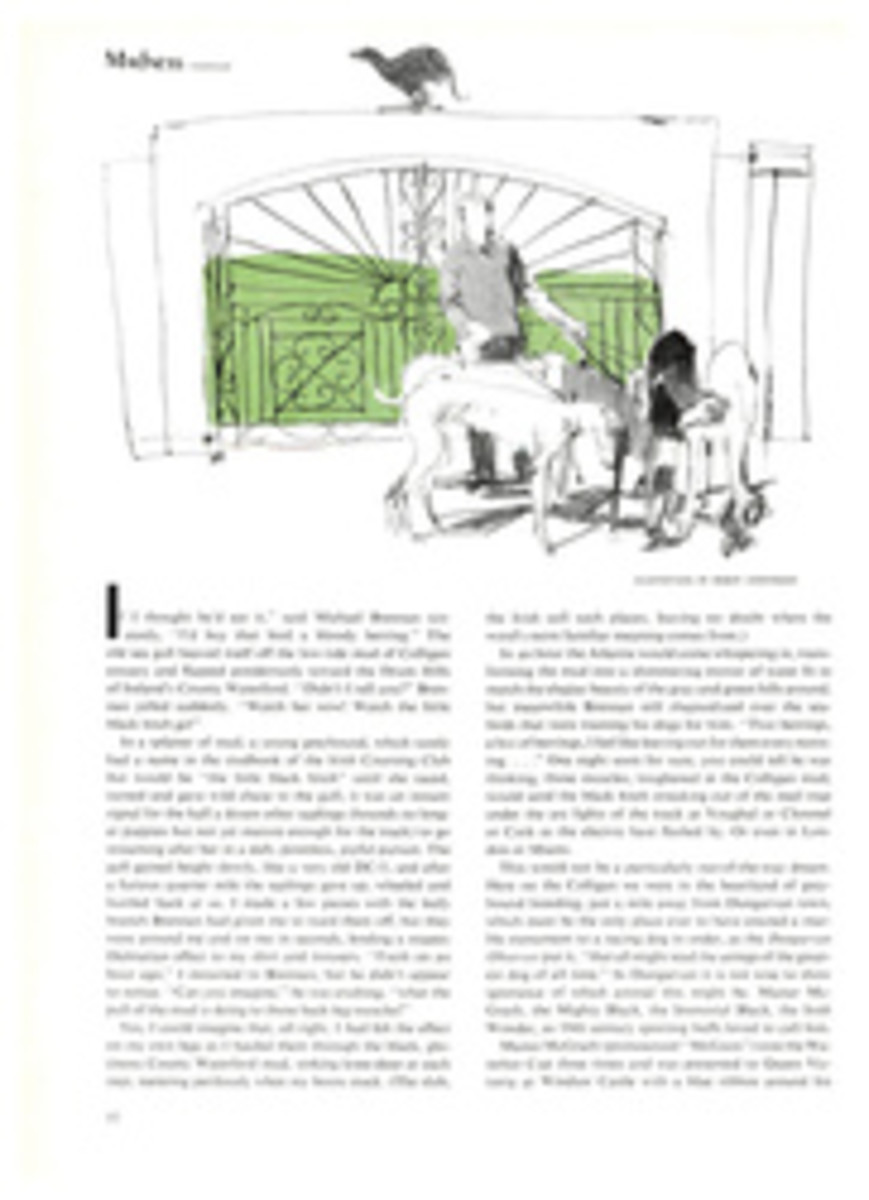
A Pismo clam, the Heathcliff of bivalves, is a tempestuous treat worth wading for
The California coastline between Los Angeles and San Francisco is a rich and variegated bag. Beyond the weathered chic of upper Malibu, the northbound traveler encounters such delights as the world's largest split-pea emporium, the Hearst castle, a rocket-launch complex, a body-awareness ranch and, not the least of these, the clam capital of the West, Pismo Beach. It is: a place well worth a side pilgrimage for the California-bound nomad.
Pismo Beach and its clam are more inexorably linked than most cities and their byproducts—than, say, Atlantic City and its taffy or Chicago and its jazz. Just at the outskirts of town you are reminded of this union. There, a civic art object, a Pismo clam more than 10 times life-size, molded in dull cement, greets the arriving motorist. The clam is inscrutable, the very embodiment of the gray eminence. Later, in one of the back lots of Pismo Beach, you may see its cement antecedent or successor (perhaps its mate?) lying on its cement side among the ryegrass and ice-cream wrappers.
The streets of Pismo Beach are medium-sized, desultory. The houses are wooden or stucco and squat, and between them the earth is covered with trumpet flowers, phlox and stock sweet peas—anything that blooms. Your first dinner in town, at Plessa's or Neptune's, will almost certainly include the stuffed Pismo clam. The gummy. wonderful sludge clings to your teeth even through dessert. Afterward, you stroll back to your motel, and the mood is kept alive as you pass the public library. Someone has stenciled a clam on its front window.
Next morning, if the tide is right, you check out your prey. If you have searched for the cockle or the gaper or the quahog, or even the tiny bean clam, you know that clamming usually means pigging around in a muddy flat with trowel and rake. But the Pismo is a tempestuous rascal, the Heath-cliff of bivalves. It shuns the calm lagoons for the temperamental, ragged edges of the Pacific. It is sullen, elusive game.
At the beginning of this century, farmers came to the Pismo tidal flats and plowed up these succulent creatures to be used as feed for their livestock. Clam diggers are only slightly less predatory; in one gluttonous weekend a few years ago they dug up and carted away 37½ tons of the mollusks. Life is not easy if you are a clam.
The result of this has been to limit the clam's habitat. The clammer must now wade far out into the surf, even at low tide, to rake for his supper. And there you are, bound and shackled by your clam net raking away in impotent rage with a bent spading fork and getting regularly swamped by Pacific rollers. After some hours of this you may have unearthed your legal limit—10 clams, all over 4½ inches long.
To tame the rugged Pismo for the table it is necessary to do some carving. A knife between the shells severs the adductor muscles, allowing you to open and rinse the clam under running water. The adductors are eaten raw, the soft foot sautéed in butter and garlic with parsley and served with hot French bread and cold white wine. Chop up the trimmings for stuffing or chowder.
Like its coastline habitat, the Pismo clam is a mutable feast.

